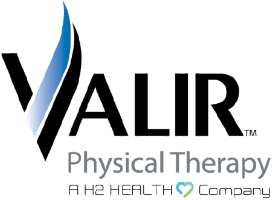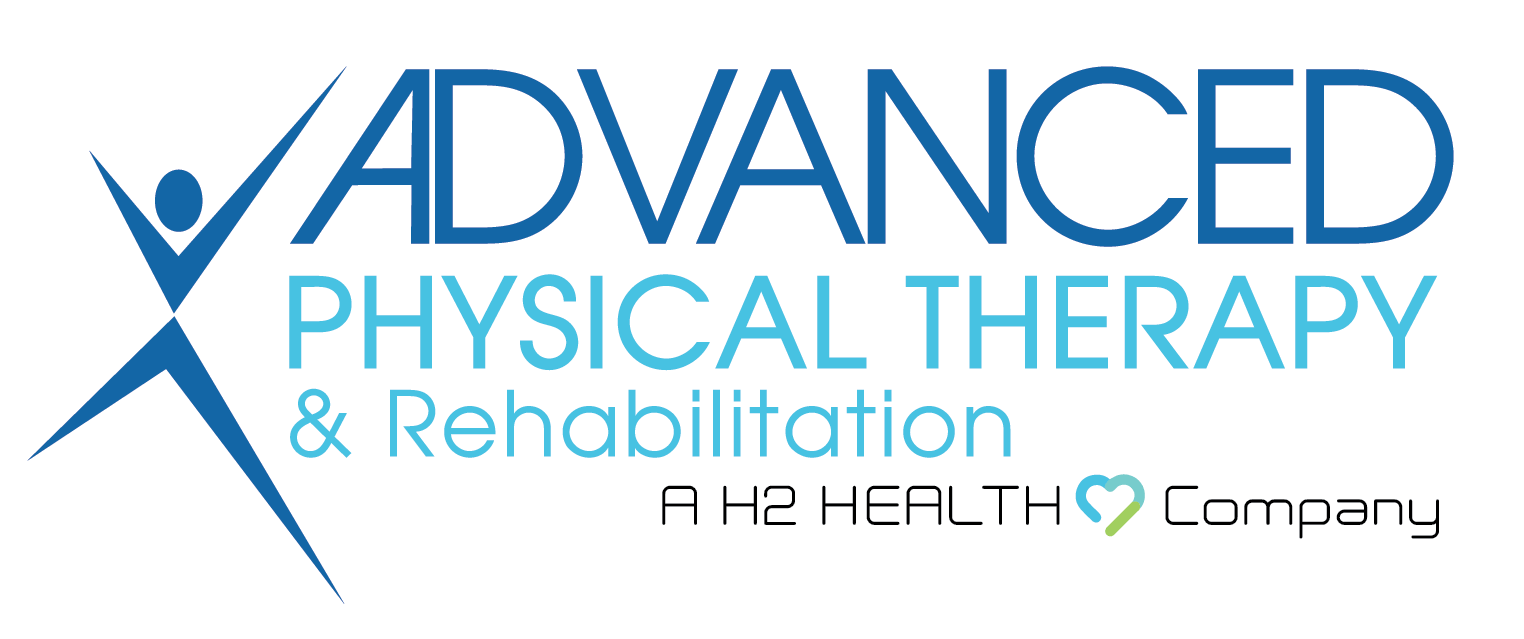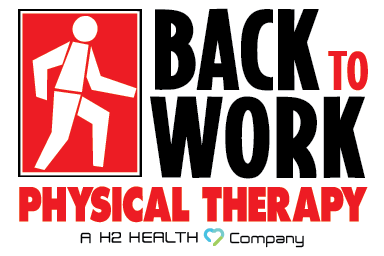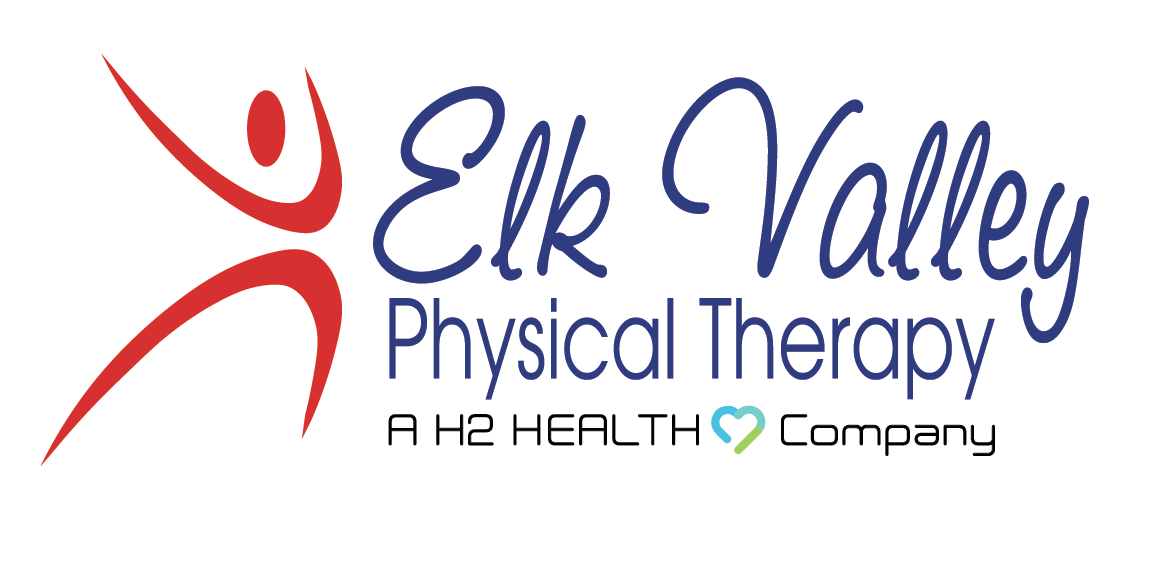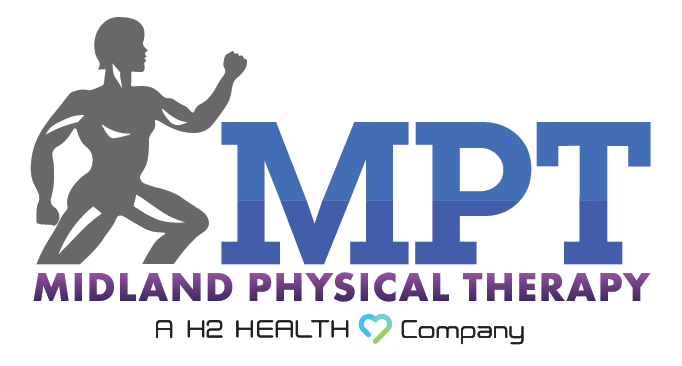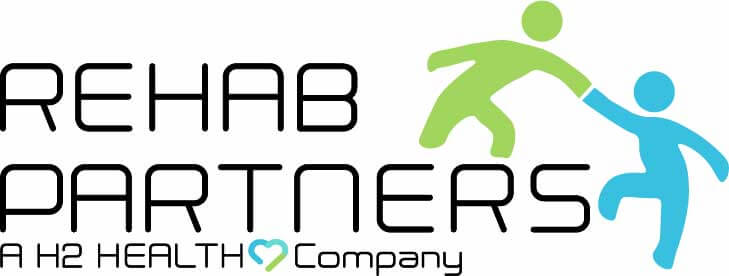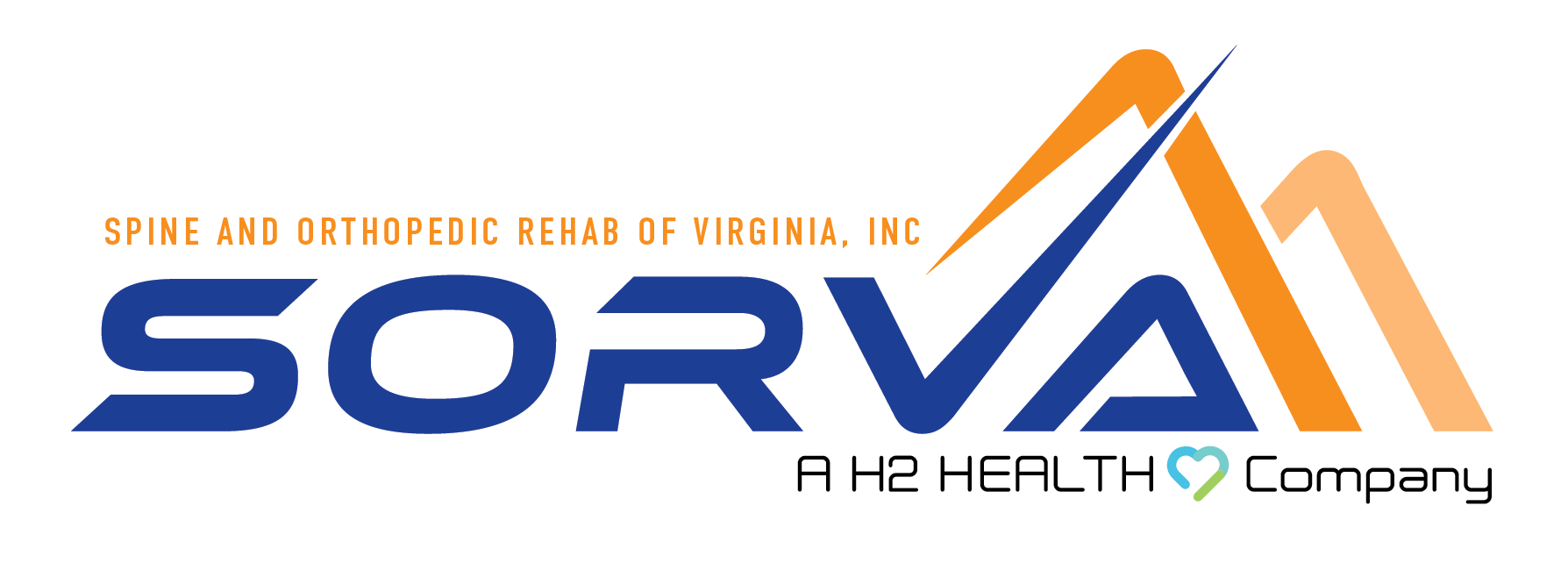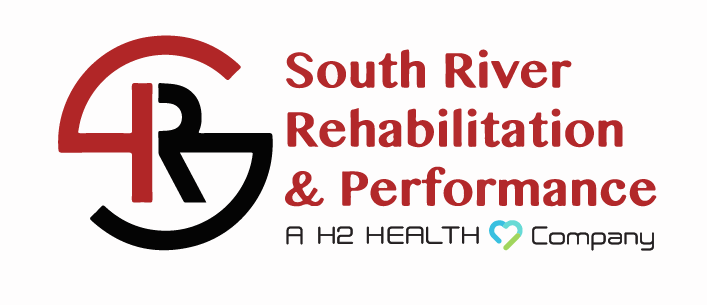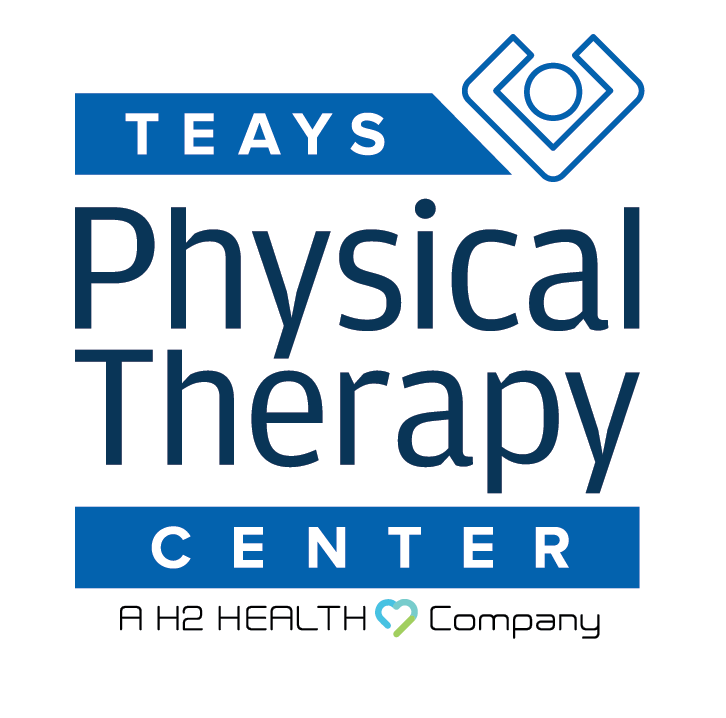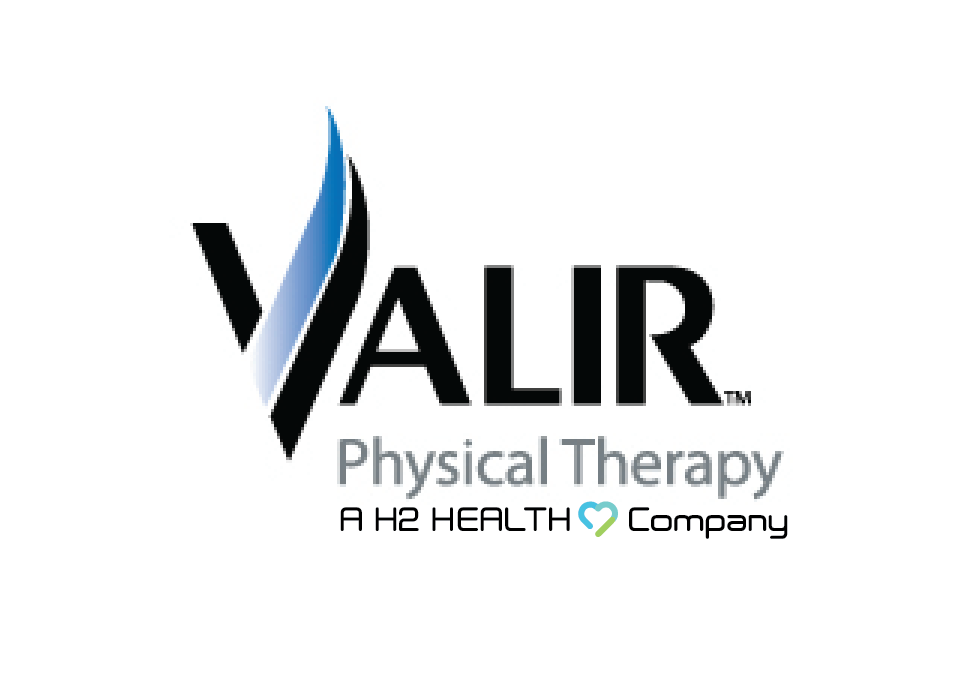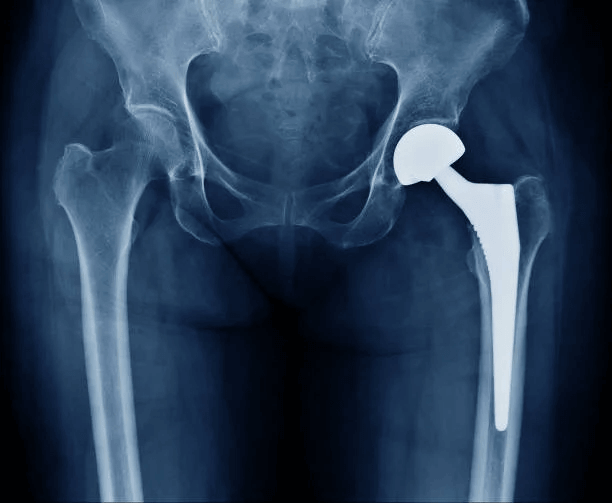
According to the Agency for Healthcare Research and Quality, nearly half a million Americans undergo total hip replacement each year to alleviate joint pain and restore mobility. Although common, hip replacement surgery is a major procedure that requires a lot of post-surgery commitment for a full recovery. For instance, it requires weeks of physical therapy that starts immediately after surgery and continues after you go home from the hospital.
The purpose of physical therapy following hip replacement surgery is to get you progressively used to regular movements and daily activities, such as getting in and out of bed or a chair and walking independently as fast as possible. Since muscle strength is key to being able to perform most physical tasks, resistance training of leg and hip muscles is a major component of physical therapy exercises. Your home exercises will also include activities to help reduce swelling and increase hip strength, so you can move easier and gradually get back to doing the activities you enjoy.
Of course, your success with rehabilitation will largely depend on your level of commitment to following the home exercise program developed by your physical therapist. Here is a guide to some of the most commonly prescribed home exercises after a hip replacement. As always, discuss your situation and needs with your doctor before beginning any at-home remedies or treatments to control symptoms.
To Reduce Swelling
Following hip replacement surgery, you can keep swelling down, manage pain, and improve circulation by doing these simple activities at least three times per day:
- Lie down and elevate your surgical leg at or above the level of your heart for at least 20 minutes using two or three pillows placed lengthwise beneath your leg.
- While resting and elevating your leg, place cold packs around your hip for 15 to 20 minutes at a time. Just make sure you place a clean, dry towel or pillowcase between your skin and the cold pack to avoid irritating your skin.
- While lying down and resting, pump your feet up and down by pulling your toes up toward you, then pushing your toes down away from you. Do this 10 times to increase circulation. Also, rotate your feet clockwise and counterclockwise.
- Gradually increase your out-of-home activities during the first few weeks after surgery. However, don’t overdo it, as your hip may become more swollen and painful.
To Strengthen Muscles
It is equally important to regain muscle strength after a hip surgery. To help accomplish this, do the following home exercises two to three times a day with 10 repetitions of each exercise. If you are comfortable with these exercises, you can gradually increase the repetitions until you reach 20. For the most comfort, perform these exercises lying down, preferably in bed:
- Ankle pumps: Pull your feet up toward you, then push your feet down away from you.
- Thigh squeezes: Push the back of your knee down into the bed and hold for five seconds before relaxing. This will tighten the muscles on the top of your thigh.
- Buttock squeezes: Squeeze your buttocks muscles together, hold for 5 seconds, and relax.
- Heel slides: Bend your surgical hip and knee by sliding your heel up toward your buttocks while keeping your heel on the bed and your knee pointed to the ceiling. Then, slide your heel back down to the starting position and relax.
- Leg slides: Slide your surgical leg out to the side, keeping your kneecap pointed up toward the ceiling. Then, slide your leg back to the starting position.
- Lying kicks: While lying on your back with a rolled-up blanket or towel under the knee of your surgical leg, straighten your surgical leg, and hold for five seconds. Then, slowly lower your leg down and relax.
- Straight leg raises: Start by bending your non-surgical leg with your foot flat on the bed and tightening the muscles on the top of your thigh and stiffening your knee. Then, raise your surgical leg up about 12 inches, keeping your knee straight. Hold this position for five seconds, then slowly lower your leg down and relax.
- Sitting kicks: While sitting on a chair or on the side of your bed, straighten your knee and hold for five seconds. Then, slowly lower your leg down and relax.
In addition to these exercises, walk around your home at least five times per day to help build your strength and endurance. Using a front-wheel walker, crutches, or a cane (depending on your post-operative condition), walk with the “heel-toe” pattern your therapist teaches you to avoid limping. Gradually increase the distance you walk each day until you are able to walk outside.
Physical Therapy Following Hip Replacement in Florida, Georgia, Kentucky, Maryland, Oklahoma, Ohio, Pennsylvania, Texas, Virginia, and West Virginia
At H2 Health, our more than 135 outpatient clinics are equipped with advanced facilities and deliver services and therapies that can help you recover promptly from hip replacement surgery. Our goal is to provide rehabilitative tools and hands-on physical therapy to treat your movement disorder and help you effectively recover.
For more information about our wide-ranging services and to schedule your first appointment with your own therapist, contact us today!



